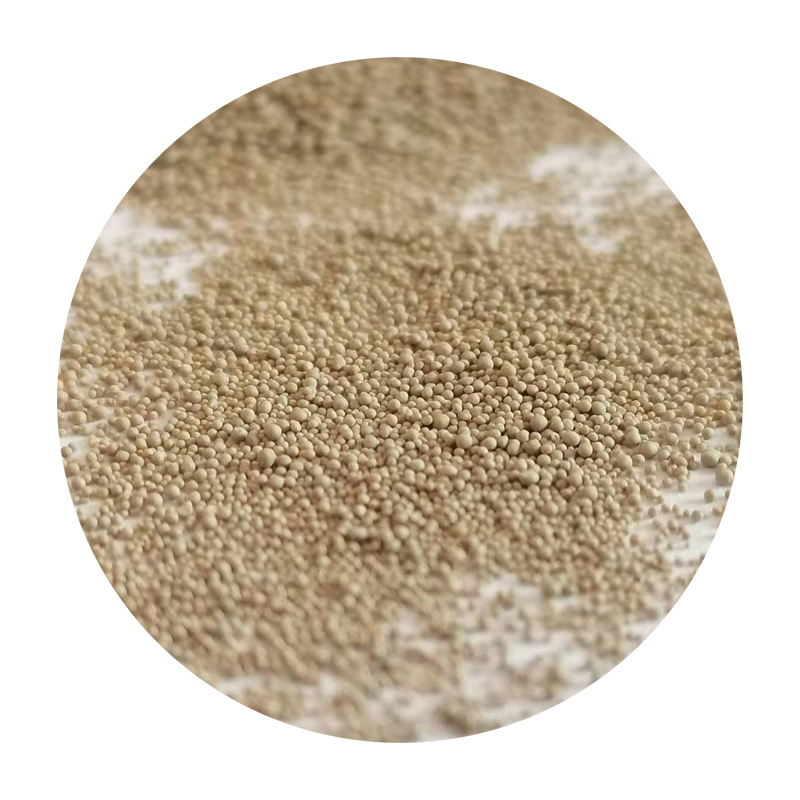3D Printing Your Own Sanding Block A Guide to Customization and Innovation
In recent years, 3D printing technology has revolutionized the way we approach manufacturing and prototyping. This shift has made it increasingly easier for hobbyists and professionals alike to produce custom tools designed to meet specific needs. One such tool that is gaining popularity in the 3D printing community is the sanding block. This article will delve into the benefits of 3D printing your own sanding block, the design process, and tips for achieving the best results.
Benefits of 3D Printing a Sanding Block
1. Customization One of the most significant advantages of 3D printing a sanding block is the ability to customize its design. Standard sanding blocks available in stores often come in generic shapes and sizes, which may not fit your specific project requirements. With 3D printing, you can tailor the dimensions and contours to perfectly match your needs, whether you're working on intricate woodworking or large furniture projects.
2. Material Selection 3D printing allows you to choose from a variety of materials, depending on the intended use of your sanding block. While common materials like PLA (polylactic acid) or ABS (acrylonitrile butadiene styrene) are popular among hobbyists, more advanced materials such as PETG or nylon can provide increased durability and flexibility for demanding projects.
3. Cost-Effectiveness Producing a sanding block through 3D printing can be more cost-effective than purchasing multiple blocks in various sizes. Once you have the design file, you can print as many blocks as you need, saving money in the long run.
4. Sustainability By using 3D printing, you have the opportunity to utilize recycled or biodegradable materials. This approach not only reduces waste but also allows you to support environmentally friendly practices in your crafting process.
The Design Process
Designing a 3D printed sanding block can be done using various CAD (computer-aided design) software programs, such as Tinkercad, Fusion 360, or SketchUp. Here are some steps to guide you through the process
1. Conceptualization Think about the projects you will be using the sanding block for. Consider the size, shape, and ergonomics that will be most comfortable and effective for your work.
sanding block 3d print

2. Sketching Create rough sketches of your ideal block. This will help you visualize the dimensions and features you want in the final design.
3. Modeling Use your chosen CAD software to create a 3D model of your sanding block. Incorporate features such as contoured grips, slots for sandpaper inserts, and holes for easy handling.
4. Exporting the Design Once you are satisfied with your model, export the design file in a format compatible with your 3D printer, such as STL or OBJ.
Tips for Optimal Printing
- Choose the Right Settings For a sanding block, consider using a layer height of 0.2mm for a good balance between detail and print time. Depending on your printer and material, adjust the infill density to ensure strength without wasting material.
- Test Print It’s essential to do a test print to ensure the sizing and ergonomics are correct. You can create a smaller version of your block initially before committing to a larger print.
- Finish Work Once printed, you may want to sand or finish the edges of your block. This will enhance its appearance and improve usability by preventing any sharp edges that could cause discomfort during sanding.
Conclusion
3D printing your own sanding block not only offers a personalized touch to your workspace but also paves the way for innovation and efficiency in your projects. Embrace the potential of this technology, and you’ll find that custom tools can elevate your craftsmanship to new heights. Whether you’re a seasoned woodworker or a DIY enthusiast, creating a tailored sanding block is a rewarding experience that showcases the benefits of 3D printing in today’s maker culture.
Post time:നവം . 26, 2024 20:33
Next:kuru kum döküm işlemi ile ilgili detaylı bilgiler ve teknikler
